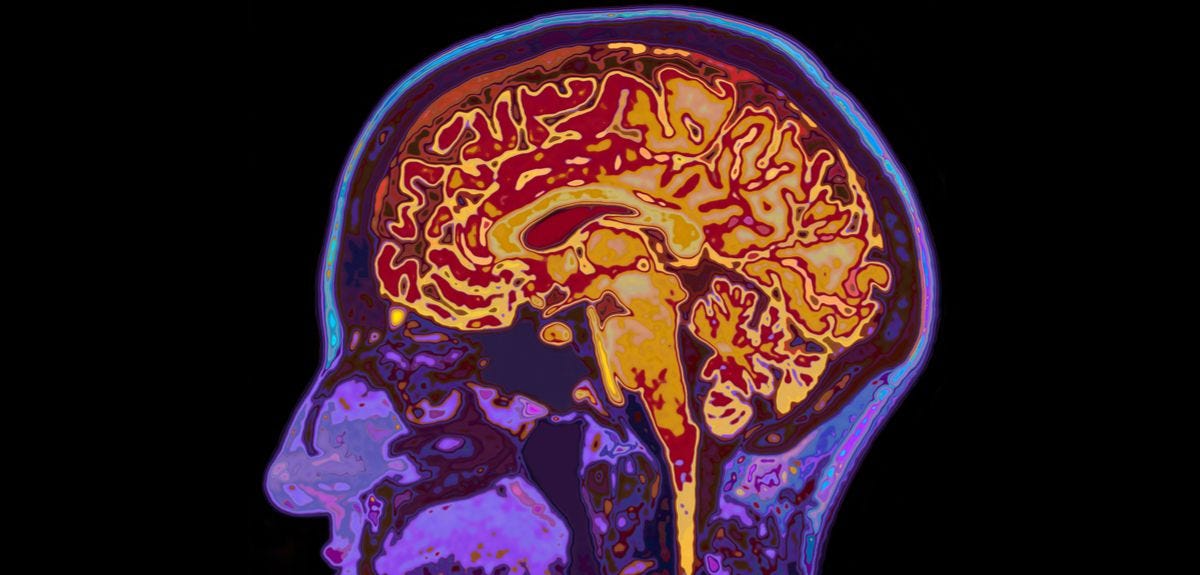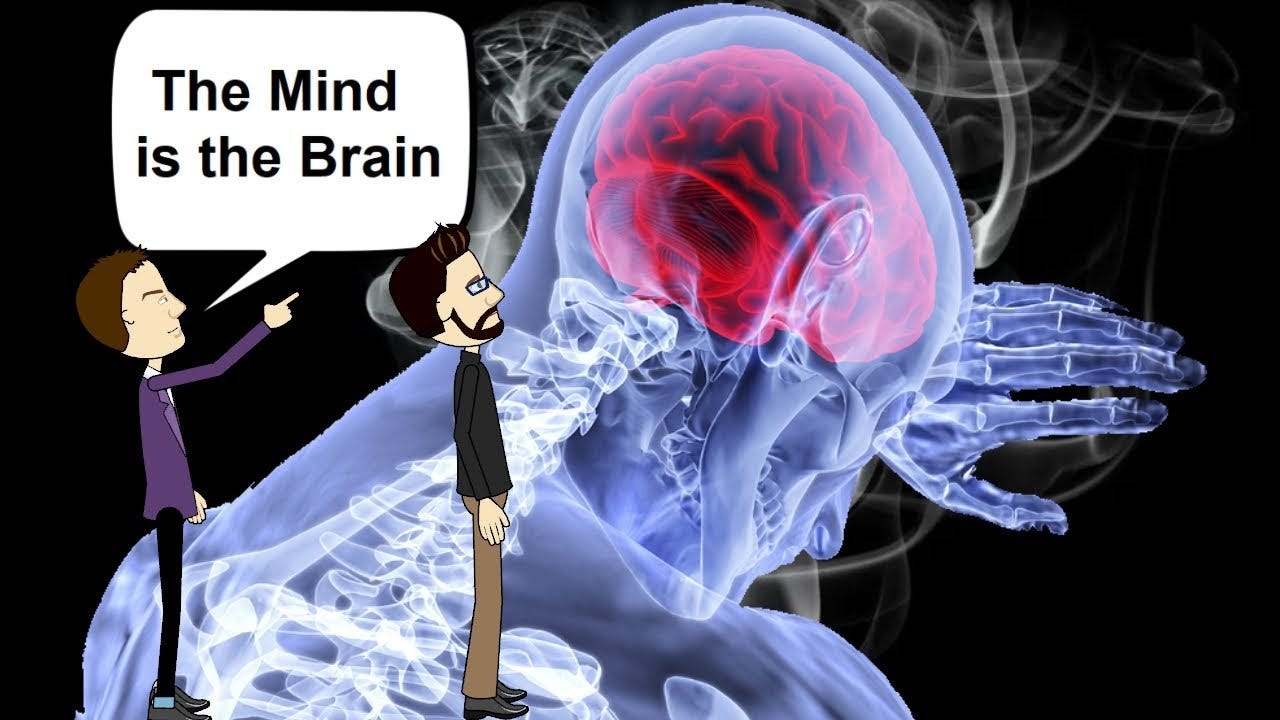I’m not a neuroscientist, but I believe to know very well how science works. And I know that a science that isn’t aware of its biases and metaphysical assumptions is, sooner or later, doomed to failure, or at least, a waste of enormous human resources and time.
In the 1990s US President George H.W. Bush launched a big science initiative entitled “The Decade of the Brain.” It was an effort to study the brain involving multidisciplinary approaches of scientists from many areas, using new techniques of molecular biology, biotechnology, genetics, and brain imaging tools. It aimed, among other things, at achieving an understanding of the brain functioning in relation to neurological and psychiatric disorders.
In a sense, it was a success in terms of PR for the neuroscientific community. Neuroscience came down from its academic ivory tower and found its way into the popular media. The further development of brain scanning technologies allowed for powerful diagnostic tools, and several aspects of the structures and functions of the brain came to light.
However, the idea of manufacturing drugs against mental disorders, such as Alzheimer’s disease, schizophrenia, or autism, remained wishful thinking. Even less successful was the search for the “seat of consciousness”—that is, the so-called neural correlates of consciousness (NCC)—let alone any progress in explaining the nature of consciousness itself.
According to the American psychiatrist Allen Frances, former chairman of the Department of Psychiatry at Duke University School of Medicine in North Carolina, since 1990, “the National Institute of Mental Health (NIMH) suddenly and radically switched course, embarking on what it tellingly named the ‘Decade of the Brain.’ Ever since, the NIMH has increasingly narrowed its focus almost exclusively to brain biology — leaving out everything else that makes us human, both in sickness and in health. Having largely lost interest in the plight of real people, the NIMH could now more accurately be renamed the ‘National Institute of Brain Research.’”
After the turn of the millennium, neuroscience was heavily funded. Billions have been spent on slicing brains, examining the microscopic structure of neurons, by studying their function, structure, and genetics (neurogenomics), added by supercomputer simulations of artificial neural networks which, supposedly, should help psychology to pin down the origin and nature of mental diseases.
While the structural, genetic, and functional aspects of the brain have been progressively mapped, the dream of manufacturing drugs to treat neurodegenerative diseases, remains a vain chimera.
Very few began to have some doubts and were wondering about “The rise and fall of biological psychiatry.” But this did not discourage Big Pharma and governments from doubling down. More recently, in the last decade, mammoth projects have been launched, such as the US “BRAIN Initiative”, the European Human Brain Project, the Chinese ‘China Brain Project’, and the Japanese ‘Brain/MINDS’ mapping program, or the Swiss “Blue Brain Project”, just to mention few. These tell us, again, that they are aimed at “revolutionizing our understanding of the human brain”, or to unveil “the neural basis of cognitive functions, and brain-inspired computing”, or “to gain new insights into information processing of the human brain” and, especially to “treat brain disorders.”
Yet, in 2020, after tens of thousands of research papers were published, Professor of Mental Health Care David Kingdon, adamantly admitted that “it is still not possible to cite a single neuroscience or genetic finding that has been of use to the practicing psychiatrist in managing these illnesses despite attempts to suggest the contrary.” - “The changes in the brain that are seen are incidental and unlikely to lend themselves to (relatively blunt) biological interventions. The neuroscience tools we have available and indeed, those that are likely to become available in the foreseeable future, are far too insensitive to achieve an understanding of the complexities of human pathological emotional reactions”
As of 2023, the progress made was mostly of a theoretical kind, with only a few applications. We have an even more detailed map but have no clue what really the territory is about. Still, no treatments for mental disorders are in sight, and neither a neurobiological nor genetic account for any psychiatric condition has been found. While the flop of the Human Brain Project can no longer be denied.
Despite all these high-tech marvels and its generous funding, research in neuroscience has failed to deliver for psychiatry.
Of course, you might say, that it is only a matter of time. We should try harder and harder and double or triple down.
However, the point is that, meanwhile, other types of approaches that could deal with mental health issues more successfully are stifled. Funds for psychological research approaches that are not exclusively rooted in neurobiology but favor research in social sciences, clinical practice, innovative non-drug-based therapies, public health, and service delivery, suffer from this hyper-emphasis on the neuroscience of the brain.
More recently, in an opinion piece, clinical psychologist Bruce Levine, made a nice summary of this state of affairs, and came to the disheartening conclusion that … “While twenty years ago, it would have been radical to state that psychiatry is making no progress, today it is not taboo to report that our collective mental health has gone in ‘the wrong direction’ despite increased treatment.” And, as Levine points out, research shows how this metaphysical assumption that sees everything from the perspective rooted in a biological-genetic causal belief system, is associated with more negative attitudes, such as fear, a more pessimistic view about recovery, and greater stigmatization.
Unfortunately, this is unlikely to change anywhere soon. Why? One reason, of course, is that any other approach that does not rely heavily on drugs could become a financial threat to Big Pharma. While this is, indeed, one of the reasons, I submit that it isn’t the whole story. I believe that much stronger is the belief system itself on which the pharmaceutical industry flourishes. What remains taboo, is questioning the prevailing metaphysical assumption of the so-called ‘mind-brain identity theory’—that is, the assumption that mind and consciousness are none other than byproducts of the brain, or, in any case, purely material epiphenomena.
But assume, only for a moment, that this isn’t the case. Assume that we are more than biological robots and that there is an immaterial aspect to mind, consciousness, life, emotions, and the variety of our psychological expressions, and where the brain represents only a superficial and thin slice of a much deeper spiritual dimension. Take this perspective, only for a minute, just to play a game where you allow yourself to consider weird hypotheses, and look back at all these big science projects that aim at understanding and treating mental health problems from a purely materialistic standpoint. How would you perceive its rationale? Would it still make sense?
Now, after that minute is over, you can switch back to a physicalist perspective. You have any right to see this as woo-woo pseudo-science. But I think it is easy to predict that another 30 years of research based on this defective paradigm is doomed to further disappointment. It might lead, again, to even more detailed mappings, some drugs for healing this or that ailment, but certainly not deliver the promises made for mental health. The effort and enthusiastic drive that stands behind this ‘neuromania’ is neither scientific nor rationally based on research findings or justified by its potential pragmatic applications. It is based mostly on a metaphysical and hegemonic ideological and cultural belief system anchored in the reductionist and material monist ideology, supported by pervasive media hype, and that has become the foundation of a worldwide collective suggestion. Until this dogmatic neurocentric view of ourselves does not lose its grip on our mind (or brain?), it will continue to be ineffective as a sort of modern geocentric flat-earth theory that must pile up one epicycle after the other to save the appearances and, thereby, itself.






I guess my friend Don Salmon will suggest corrections and amendments to this post...(?) :)